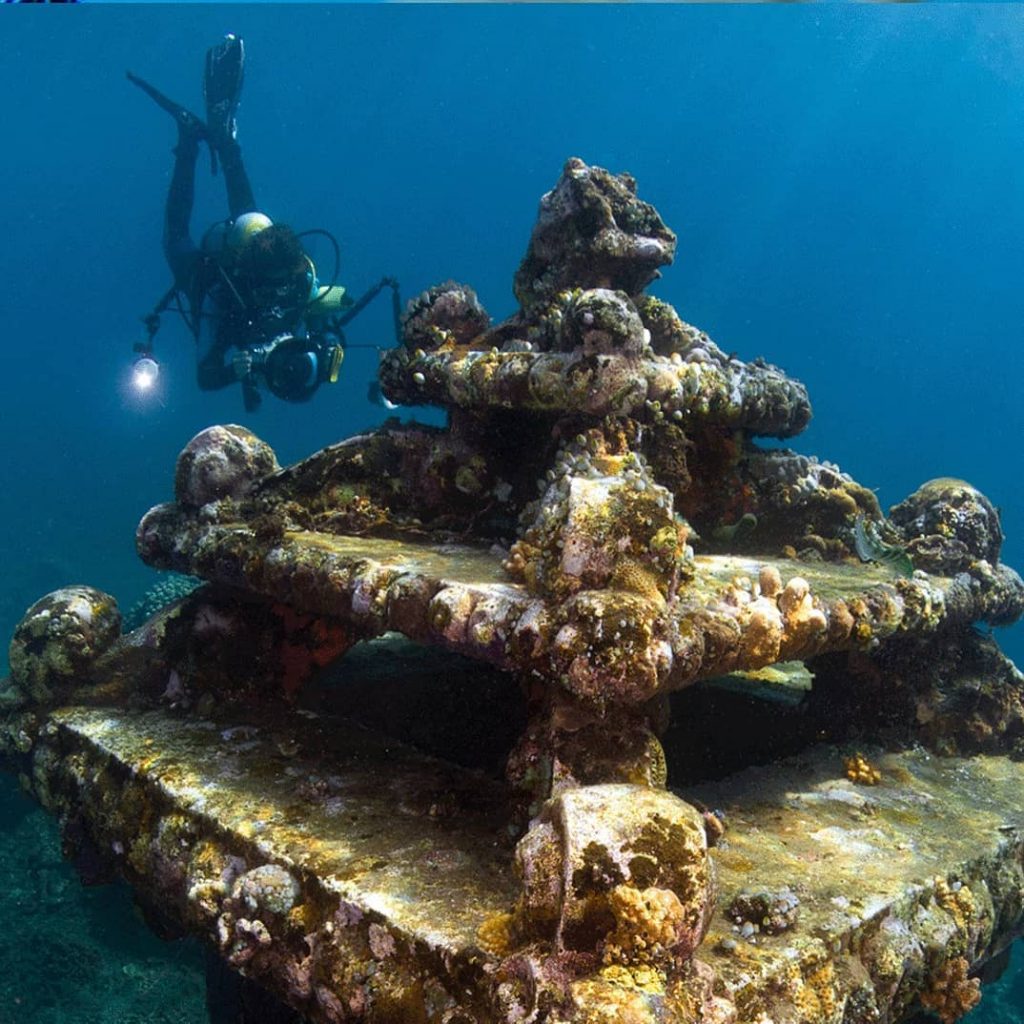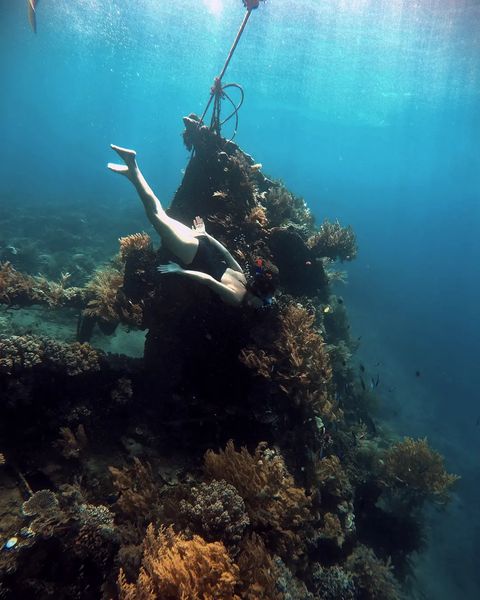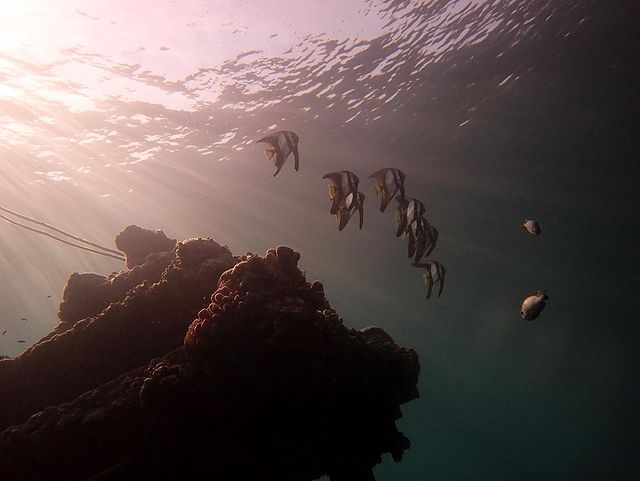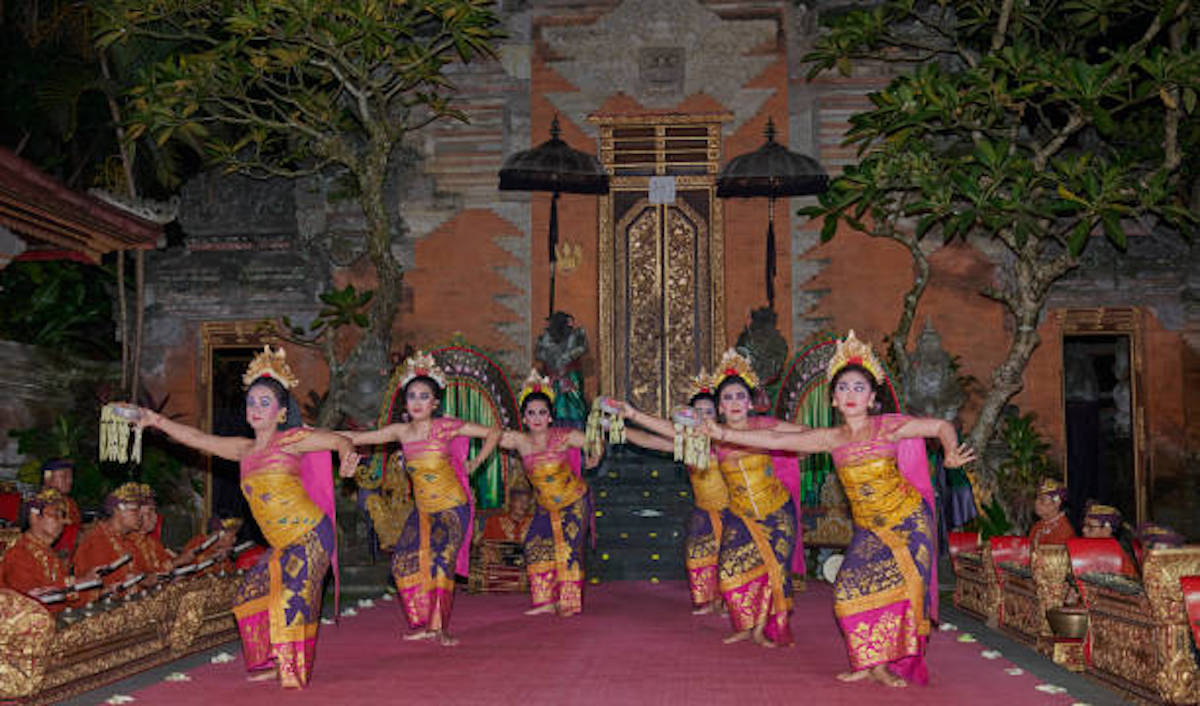The Amazing Wall Diving, Pyramids & Japanese Wreck in Amed Bali
The vibrant marine life around Bali has remained mostly unspoiled for thousands of years, and as a result, this underwater world now provides a diverse diversity of fish and coral unmatched anyplace else in the world. The sleepy town of Amed in the northeast of Bali, for example, treasures unique underwater gems like artificial reefs, shipwreck, and dropping wall that all blooms with life.

Diving in the Japanese Wreck, Amed
Even though Amed’s Japanese Shipwreck is frequently looked over, it is quite wonderful. It’s one of the easiest wrecks in the world—aside from the larger one the USAT Liberty in Tulamben. You can even reach the small wreck by snorkeling.
There once was a Japanese fishing boat that went down not too far from the Amed beach. Nobody is sure how it got there, but today it’s a complete delight for both divers and snorkelers. Divers have the chance to find multicolored corals and take in the remarkable macro-fauna that includes, to name a few, nudibranchs, leaffish, scorpionfish, crabs, and pygmy seahorses at this shipwreck.
This dive, like many others in the region, is a photographer’s dream with amazing macro chances. There will be plenty of time once you have visited the wreck to continue to the reef beyond it and investigate the aquatic life there. There may be severe currents on this spot, and the wall is around 35 meters high.

Going Down the Amed Wall
It takes only a brief boat ride by a conventional boat to get to the Amed Wall or drop-off. Sand and coral reef make up this slope drop-off. The marine life is incredibly diverse, and you may frequently see huge schools of fish like jackfish, trevallies, and fusiliers as well as fantastic macro life like the pygmy seahorse, frogfish, and pipefish. Sharks and turtles can occasionally be seen here. Here, you can find frogfish resting on stony coral, witness tiny seahorses hiding in gorgonian fans, or just take a quick drive along the reef. Here, you might also see Hawksbill turtles, and the wall is a great place to dive at night.

The Pyramids, Man-Made Artificial Reefs
In an effort to promote the growth of coral reefs, the local divers’ community initiate the Pyramids project. Taking the shape of Balinese stone temples, the Pyramids lies 20 meters underwater. After a powerful El Nino passed across the area twenty years ago, the local population constructed this reef.
This reef is now home to an abundance of life and is one of the main attractions of the diving spots in Amed. Divers may expect to see ghost pipefish, mimic octopuses, pygmy seahorses, stone fish, and razor fish. Normally, you will experience a gentle stream here, but occasionally, when it becomes a little stronger, it can produce a fantastic sensation. While running against the stronger current behind them, “jumping” from one pyramid to another becomes second nature. You may get up close and personal with the life around the pyramids at this time.

Many of these buildings are now used as cleaning stations by passing fish like surgeons, sweetlips, and snapper. From 5 to 18 meters of depth, a natural coral reef is located near the. It is an excellent location for several types of underwater photography. Even while the visibility is typically not as good as in the Coral Reef in the Bay, it is nevertheless amazing to see the wonderful small marine creatures that call that place home. At the sandy bottom, you might see garden eels, moray eels, leaf scorpionfish, and sometimes blue spotted stingrays. Look closely at the gorgonian fans growing in the pyramids; you might spot pygmy seahorses if you are lucky!
Will you spend your diving holiday in this peaceful and beautiful Amed, Bali?


